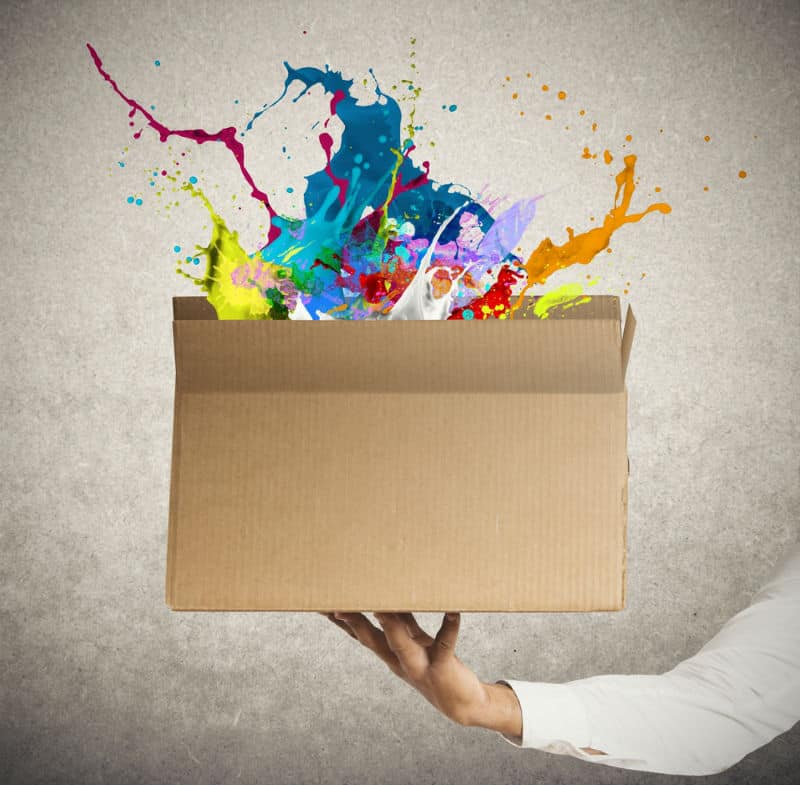No products in the cart.
Top Print Design Ideas That Are Applicable Now

Despite the swiping advance of digital technology and digital marketing in the first place, print materials still manage to stay a large part of a brand’s identity. This happens for a simple reason, the same one we still use hard copy books – the print material offers you an emotional connection through touch.
Also, this type of brand material is more demanding, as a good designer’s work is not enough. Whatever the print material may be – a flyer, a business card, a catalogue or anything else – its quality plays a major role as well, as people from The Box Co-Op admit.
So a great design won’t suffice. So make sure you print on the high quality merchandize, and to have a good design as well. Yet can get some ideas and inspiration below.
Keep It Simple
This doesn’t mean it has to be boring and plain, it should still catch the eye and draw attention, but it should be neat, tidy and easy to navigate. In one word, pleasant to the eye.
Of course, you client might want something more gaudy and captivating. But unless that is the case, you can almost never go wrong with black and white, giving it a bit of dynamics by playing with the elements such as scaling or embossment.
A lot of white space gives an impression of neat, minimalistic design, and slightly exaggerated elements prevent it from becoming too plain and thus boring.
Point Out the Most Important
This is exactly what the above mentioned simple design enables you to do – to accentuate the most important thing about the brand or the product.
The message behind it should be easily conveyed and very transparent. All the major potential questions about your client should be answered in one look. So keep this visibility, transparency, and orderliness as your priority, and add other, more exciting design elements accordingly.
This basically means you need to create a visual hierarchy and make sure that the most important pieces of information are at the same time the most prominent and conspicuous ones.
Use Vivid Photos
You keep your text design super neat and simple, but make sure the photos you use are vivid. You know the good old saying that one image is worth a thousand words, so be sure to make good use of that enormous power photos have.
It goes without saying that they have to be of the highest quality, just like the print material you are using for them. Also, it’s important not to overuse programs such as Photoshop, that is, to avoid retouching the photos too much and creating an artificial and awkward impression.
What’s more, the photos really need to draw attention and be engaging. They should do justice to the brand by showing its products in the best possible light, as well as presenting a bit more stylized version of the company’s and brand’s image.
Don’t Forget about the Touch
Text and photos are always the main elements of a design, but if you want your design to really stand out, you need to consider all the aspect of the customer’s experience of a print advertising material.
That more or less leave you with the (final) touch (or even smell, if applicable). Except for the quality of the paper or cardboard, colors, and shapes of the material, you should also think about adding some embossment which will make it all much more fun.
It is definitely going to leave and impression as a different texture or relieve is not really something you expect when touching some marketing material. So don’t be afraid to experiment with the tactile elements, as they are not likely to interfere with the simplicity of your design, yet they can easily make it more interesting and memorable.











Leave a Reply